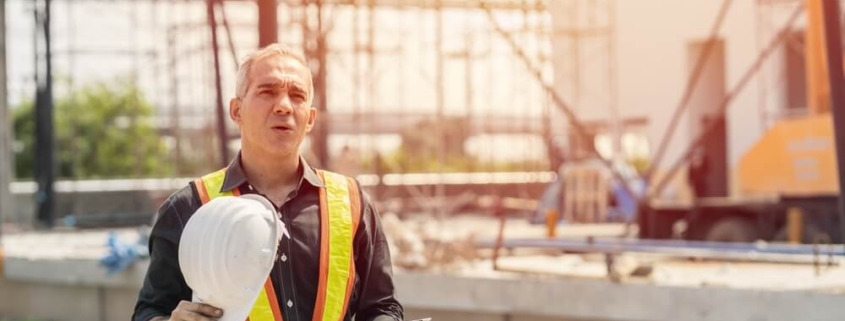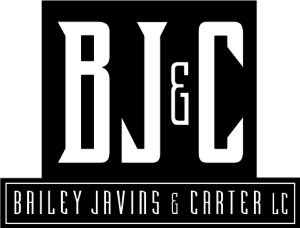The Risk of Construction Injuries from Heat Stress
Construction workers are the backbone of cities across the country, creating smooth and drivable roads, setting up homes and businesses, and carrying out important infrastructure upgrades. This type of work comes with substantial dangers, and heat stress is one of the most commonly reported work illnesses in this field.
If you’ve suffered heat-related illness or injury while working, you’re likely entitled to compensation. Call Bailey Javins & Carter at 678-210-3292 now and find out how we can help you.
Heat-Related Injuries
Per the CDC, there are several types of heat illness. Heat rash is always a possibility for outside workers, leading to clusters of pimples in areas of the body where sweat tends to accumulate. Another illness that can be caused by excessive sweating is heat cramps. As the body’s electrolytes run low, the muscles respond by cramping up. While cramps can happen on their own, they may also be a symptom of heat exhaustion.
A slightly more serious illness is heat syncope, which occurs when someone faints or experiences intense dizziness as a result of the heat. Heat exhaustion generally happens because of a depletion of water and electrolytes, and people who work in a hot environment are at the greatest risk of being affected.
The worst type of heat illness is heat stroke. If you ignore all of the signs of heat exhaustion, it can progress to this level. When the body is unable to regulate itself, you’ll see a quick rise in temperature. It presents with confusion, intense sweating, seizures, and passing out. Heat stroke can be fatal if not treated immediately.
Affected Workers
The CDC recognizes that construction workers are at significant risk of heat-related illness. They also note that some personal risk factors increase the risk, including the use of certain medications, medical conditions, excessive alcohol consumption, and low heat tolerance. It does take time to increase your heat tolerance, so workers who are new to the construction field may be at greater risk of heat illness.
A lot also depends on construction employers. While some construction companies prioritize safety above else by requiring frequent breaks, monitoring employees for heat illness, and limiting work in extreme temperatures, others are more interested in maximizing their workers’ productivity.
Employees lucky enough to fall in the first category may get plenty of time to acclimate to outdoor work, lots of access to cold drinks and breaks, and the freedom to slow down if they are getting ill. Those in the second category are likely to be pushed to their limits, even if it means that they suffer a serious illness.
Related Injuries
Heat illness is not the only way workers can suffer. Exposure to high temperatures can put workers at greater risk of physical injuries. High temperatures can lead to impaired thinking, unsteadiness and dizziness, physical fatigue, a slower response time, slippery hands, and vision that’s blocked by fogged-up construction goggles. All of these circumstances make it much more likely that a worker will slip, fall, use equipment incorrectly, or otherwise suffer an injury.
PPE and Clothing Enhance the Risk
Even in cool temperatures, construction is a dangerous field. That’s why workers are required to wear protective clothing and other protective equipment. However, this type of clothing can also enhance the risk of heat illness and injury. As clothing gets thicker, the likelihood of a heat-related illness increases. The CDC notes that this puts the onus on employers to plan breaks around exposure limits and outdoor conditions.
The Employer’s Role
As is the case with many workplace safety issues, it comes down to an employer’s responsibility to protect workers. The CDC recommends that employers:
- Properly evaluate the risk of heat-related illness based on outdoor conditions and employees’ risk factors
- Schedule and encourage appropriate breaks
- Encourage the use of weather-appropriate clothing
- Schedule more labor-intensive jobs for cooler parts of the day, rather than during peak time from 10 A.M. to 2 P.M.
- Increase crew sizes to limit strenuous activity
- Provide shade
- Modify work and rest schedules as needed
Reach Out to Bailey Javins & Carter Now
If you have suffered a heat illness or injury while on the job, you may be entitled to workers’ compensation. Learn more now by talking to our team. Call us at 678-210-3292 or getting in touch online.



 How Keeping an Injury Journal Can Help Your Claim
How Keeping an Injury Journal Can Help Your Claim